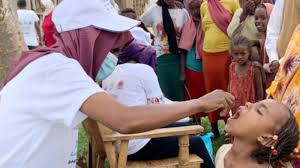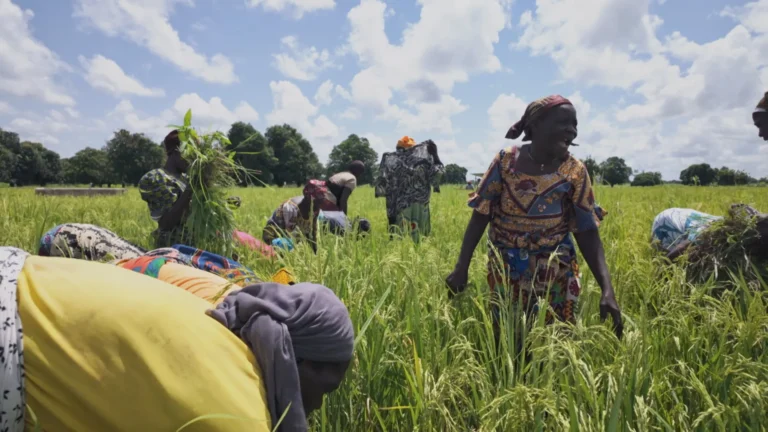
A severe cholera outbreak has claimed 11 lives in the Tigray region, northern Ethiopia, and affected more than 425 people, the European Commission’s emergency response service reported.
Most of the cases involve artisanal gold miners exposed to contaminated water in the mining areas of Selewa, Samre, Seyemti Adyabo, Maekel Adyabo, Adi Daero, and Zana.
Health officials warn that mining communities are particularly vulnerable to waterborne diseases, and the majority of victims are men working in these sites.
“The epidemic has already affected more than 300 people in six districts, showing a case fatality rate of 3.1%, which is above the international health emergency threshold,” the report stated.
The outbreak has led to a rise in hospitalizations, and several additional deaths have been recorded in recent days, intensifying concerns over public health in the region. Authorities are working to contain the spread through targeted screening and treatment campaigns.
Local health officials confirmed that medical interventions are ongoing, with teams actively monitoring and treating suspected cases. Preliminary reports suggest that the number of new infections may be declining, although the situation remains fragile.
The crisis underscores the broader challenges faced by Tigray, where access to clean water and healthcare infrastructure has been disrupted by years of conflict and displacement.
Health experts stress that rapid intervention and community awareness are critical to prevent further fatalities.
International agencies have called for increased support to provide safe drinking water, sanitation facilities, and medical supplies to affected areas.
“Immediate action is required to protect vulnerable populations and curb the spread of cholera,” the European Commission noted.
As Ethiopia confronts this outbreak, authorities urge mining communities and local residents to remain vigilant, seek early medical care for suspected infections, and cooperate with health teams to contain the epidemic.
The Tigray cholera crisis highlights the urgent need for sustainable solutions to waterborne diseases in high-risk regions.



